

Articles
What Temperature Should A Freezer Be
Modified: October 20, 2024
Find out the ideal temperature range for your freezer with these informative articles. Ensure your food remains fresh and safe.
(Many of the links in this article redirect to a specific reviewed product. Your purchase of these products through affiliate links helps to generate commission for Storables.com, at no extra cost. Learn more)
Introduction
When it comes to keeping our food fresh and safe, the temperature of our freezer plays a crucial role. Whether you’re storing meat, vegetables, or leftovers, maintaining the correct freezer temperature is essential for preserving the quality and preventing the growth of harmful bacteria.
In this article, we will explore the importance of freezer temperature and provide guidelines for setting the optimal temperature for different types of freezers. We will also discuss how to check and adjust the temperature of your freezer and address some common issues that you may encounter.
By understanding the significance of freezer temperature and following the recommended guidelines, you can ensure that your food stays fresh and free from contaminants, extending its shelf life and protecting the health of yourself and your family.
Key Takeaways:
- Maintaining the correct freezer temperature is crucial for food safety, taste preservation, reducing waste, and energy efficiency, ensuring that your food stays fresh and free from contaminants.
- Different types of food and freezers require specific optimal temperature settings for preservation, and regular monitoring and troubleshooting can help maintain the efficiency of your freezer.
Read more: What Temperature Should A Walk In Freezer Be
Why is the temperature of a freezer important?
The temperature of a freezer plays a vital role in preserving the quality and safety of our food. Here are some key reasons why maintaining the correct freezer temperature is crucial:
Food safety: By keeping the freezer at the appropriate temperature, we can prevent the growth of bacteria, mold, and other harmful pathogens. Freezing food at temperatures below 0°F (-18°C) slows down the growth of bacteria, substantially reducing the risk of foodborne illnesses.
Preserving taste and texture: The quality and flavor of frozen food largely depend on the freezer temperature. When food is frozen at the right temperature, it maintains its texture, taste, and nutritional value. Improper freezing can lead to freezer burn, which can damage the texture and taste of food.
Minimizing food waste: Proper freezer temperature ensures that food stays fresh for a longer period. It prevents spoilage, freezer burn, and texture degradation, reducing the chances of food going to waste. By optimizing freezer temperature, we can save money and make the most of our groceries.
Efficient energy consumption: Setting the correct freezer temperature not only benefits our food but also helps in energy efficiency. Freezers operating at the right temperature consume less energy to maintain the desired coldness. This can lead to lower energy bills and healthier environmental practices.
Overall, maintaining the proper temperature in your freezer is crucial for food safety, taste preservation, reducing waste, and energy efficiency. Now that we understand the importance of freezer temperature, let’s delve into the optimal temperature settings for different types of freezers.
Optimal freezer temperature for food preservation
Freezing food is an effective method of preserving its freshness and extending its shelf life. However, it’s important to note that different types of food require different optimal storage temperatures in order to maintain their quality. Here are some general guidelines for setting the optimal freezer temperature for various types of food:
- Meat and poultry: The optimal freezer temperature for storing meat and poultry is between 0°F (-18°C) and -2°F (-19°C). These low temperatures help to inhibit bacterial growth, ensuring that the meat stays safe for extended periods. It’s advisable to wrap the meat tightly in moisture-resistant packaging to prevent freezer burn and maintain the quality.
- Seafood: Seafood, including fish and shellfish, should be stored at a freezer temperature of 0°F (-18°C). The cold temperature helps to preserve the delicate texture, flavor, and nutrient content of seafood. To maintain the quality, it’s recommended to wrap seafood tightly and remove any excess air before freezing.
- Fruits and vegetables: Fruits and vegetables can be frozen at a slightly higher temperature, around 0°F (-18°C) to 10°F (-12°C). However, some fruits, such as berries and citrus fruits, may be more susceptible to damage from freezing. It’s best to blanch vegetables before freezing to help preserve their texture and color.
- Baked goods: Bread, pastries, and other baked goods generally freeze well at a temperature of 0°F (-18°C) to 10°F (-12°C). However, it’s important to wrap them tightly to prevent moisture loss and maintain their softness and flavor.
- Dairy products: Dairy products, like cheese and butter, can be stored in the freezer at a temperature of 0°F (-18°C) to 10°F (-12°C). However, it’s important to note that the texture and consistency of some dairy products may change when frozen and defrosted. It’s best to check the packaging or consult the manufacturer for specific freezing instructions.
Remember to label and date your frozen items to keep track of their shelf life. In general, most frozen food items will stay safe to eat indefinitely at 0°F (-18°C), but the quality may deteriorate with time. For the best results, try to consume frozen items within 3-6 months.
Now that we know the optimal freezer temperatures for different types of food, let’s move on to how to check and adjust the temperature of your freezer.
Recommended temperature settings for different types of freezers
Freezers come in various types, including chest freezers, upright freezers, and refrigerator-freezer combinations. While the general temperature range for optimal food preservation remains the same, it’s important to be aware of the recommended settings for different types of freezers. Here are the recommended temperature settings:
- Chest freezers: Chest freezers are known for their ability to maintain a consistent temperature throughout, making them ideal for long-term storage. The recommended temperature setting for a chest freezer is between -10°F (-23°C) and 0°F (-18°C). This range ensures that the freezer remains cold enough to prevent spoilage while keeping your frozen items in optimal condition.
- Upright freezers: Upright freezers are convenient for their easy access and organization of frozen items. The recommended temperature setting for an upright freezer is also between -10°F (-23°C) and 0°F (-18°C). However, it’s important to be mindful of the placement of items that may obstruct the airflow. Proper air circulation helps maintain the desired temperature and improves overall freezer efficiency.
- Refrigerator-freezer combinations: Refrigerator-freezer combinations typically have a separate freezer compartment within the refrigerator. The recommended temperature setting for the freezer compartment is the same as for chest and upright freezers, between -10°F (-23°C) and 0°F (-18°C). It’s important to note that the freezer temperature can be affected by the refrigerator temperature, so ensure that your refrigerator is set to the appropriate temperature as well.
It’s worth mentioning that these are general temperature recommendations and may vary depending on the specific make and model of your freezer. It’s always a good idea to consult the user manual or manufacturer’s guidelines for precise temperature settings for your freezer.
Now that we know the recommended temperature settings for different types of freezers, let’s move on to how to check and adjust the temperature to ensure optimal performance.
The recommended temperature for a freezer is 0°F (-18°C) or lower. This helps to keep food safe by preventing the growth of bacteria and maintaining the quality of frozen items.
How to check and adjust the temperature of your freezer
Checking and adjusting the temperature of your freezer is essential to ensure that it is operating at the optimal level. Follow these steps to check and adjust the temperature:
- Locate the temperature controls: The temperature controls for your freezer are usually located either inside the freezer compartment or on the exterior of the appliance. Refer to your freezer’s user manual to find the exact location of the controls.
- Check the current temperature: Use a reliable thermometer to check the temperature inside your freezer. Place the thermometer in a central location where it will not be in direct contact with any frozen items. Leave the thermometer in the freezer for a few minutes to get an accurate reading.
- Adjust the temperature: If the temperature is not within the recommended range for your specific freezer type, you may need to adjust the temperature controls. On the control panel, you can usually adjust the temperature by turning a knob or pressing buttons. Consult your user manual for detailed instructions on how to adjust the temperature settings.
- Monitor the temperature: After adjusting the temperature, continue to monitor it over the next few hours or days. Check the thermometer regularly to ensure that the freezer is maintaining the desired temperature. If necessary, make further adjustments until you achieve the optimal temperature.
- Consider external factors: Keep in mind that external factors such as frequent door openings, hot ambient temperatures, and overloading the freezer can affect its temperature. Try to minimize door openings, keep the freezer away from heat sources, and avoid overcrowding to maintain a stable temperature.
If you’re having trouble adjusting the temperature or if your freezer is not maintaining the desired temperature range, it’s recommended to contact a professional technician or the manufacturer’s customer support for further assistance. They will be able to diagnose any potential issues and provide guidance on how to resolve them.
By regularly checking and adjusting the temperature of your freezer, you can ensure that your frozen food stays fresh and safe, maximizing its shelf life and preserving its quality.
Read more: What Temperature Should A Deep Freezer Be
Common issues and troubleshooting tips
While maintaining the correct temperature in your freezer is important, there can be instances when you may encounter common issues. Here are some common freezer issues and troubleshooting tips to help you address them:
1. Freezer not cooling: If your freezer is not cooling properly, check if the power is connected and the circuit breaker hasn’t tripped. Ensure that the temperature controls are set correctly. If the issue persists, it may indicate a malfunctioning compressor or a refrigerant leak. In such cases, it’s best to contact a professional technician for repairs.
2. Ice buildup: Ice buildup on the walls or floor of the freezer can be a sign of a faulty door seal. Inspect the door seal and ensure it is properly aligned and not damaged. Clean any debris or residues on the seal and ensure it makes a tight seal when closed. If the door seal is damaged, it may need to be replaced.
3. Excessive energy consumption: If you notice a significant increase in energy consumption, it may be due to a faulty seal or inadequate insulation. Check the door seal for gaps or wear and tear and replace it if necessary. Inspect the insulation of the freezer and, if damaged, consider upgrading to a more energy-efficient model.
4. Frost or freezer burn: Frost buildup or freezer burn can occur when the freezer is not properly sealed or when food is not tightly wrapped. Ensure that all food items are properly wrapped and sealed to prevent air exposure. Clean any frost buildup regularly to maintain optimal freezer performance.
5. Strange noises: Unusual noises, such as buzzing, rattling, or grinding sounds, may indicate a problem with the motor or other internal components. Check for any loose or damaged parts and tighten or replace them as needed. If the noises persist, it’s advised to seek professional assistance.
6. Temperature fluctuations: If the temperature in your freezer fluctuates frequently, it may be due to improper loading or frequent door openings. Avoid overloading the freezer and organize items to allow proper air circulation. Limit the number of door openings and ensure the door is tightly closed after each use.
In the event of persistent or complex issues with your freezer, it’s recommended to consult the user manual or contact the manufacturer’s customer support for specific troubleshooting instructions. They can provide guidance tailored to your freezer’s make and model.
By being aware of these common issues and following the troubleshooting tips, you can often resolve minor problems with your freezer and ensure its optimal performance to keep your food fresh and safe.
Conclusion
Proper freezer temperature is essential for food preservation and ensuring the safety and quality of our frozen items. By understanding the importance of freezer temperature and following the recommended guidelines, we can prolong the shelf life of our food, reduce waste, and maintain optimal taste and texture.
In this article, we discussed the significance of freezer temperature and its impact on food safety, taste, and energy consumption. We explored the optimal temperature settings for different types of freezers, including chest freezers, upright freezers, and refrigerator-freezer combinations. Additionally, we provided steps to check and adjust the temperature of your freezer to ensure it operates at the desired level.
We also highlighted some common freezer issues and troubleshooting tips to help you address any problems that may arise. By taking the necessary steps to resolve these issues, you can maintain the efficiency of your freezer and extend its lifespan.
Remember, refrigerators and freezers are not one-size-fits-all, and it’s important to consult your appliance’s user manual or manufacturer’s guidelines for specific instructions and temperature recommendations.
By following the guidelines outlined in this article and being vigilant about freezer temperature, you can ensure that your frozen food remains safe, fresh, and of high quality for an extended period, promoting healthier eating habits and reducing food waste.
So, take the time to check and adjust your freezer temperature, and enjoy the peace of mind that comes with knowing your food is well-preserved and ready to be enjoyed whenever you need it.
Frequently Asked Questions about What Temperature Should A Freezer Be
Was this page helpful?
At Storables.com, we guarantee accurate and reliable information. Our content, validated by Expert Board Contributors, is crafted following stringent Editorial Policies. We're committed to providing you with well-researched, expert-backed insights for all your informational needs.
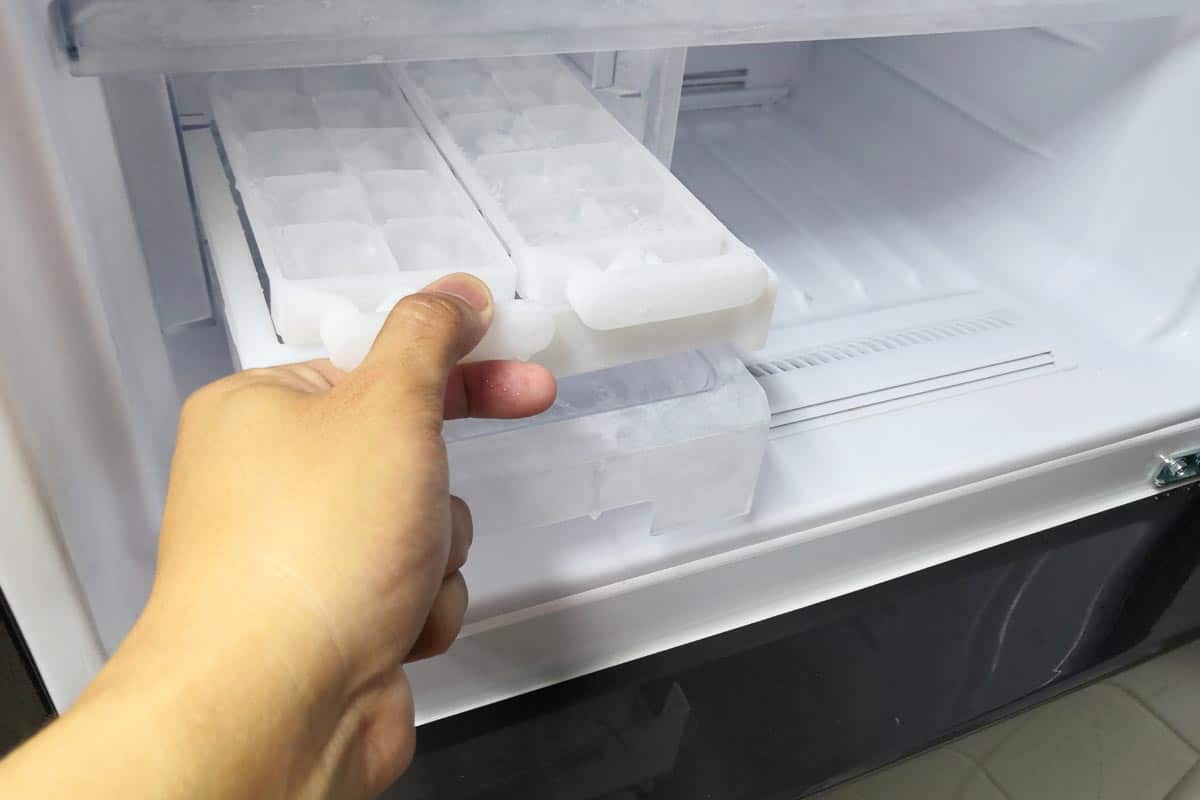
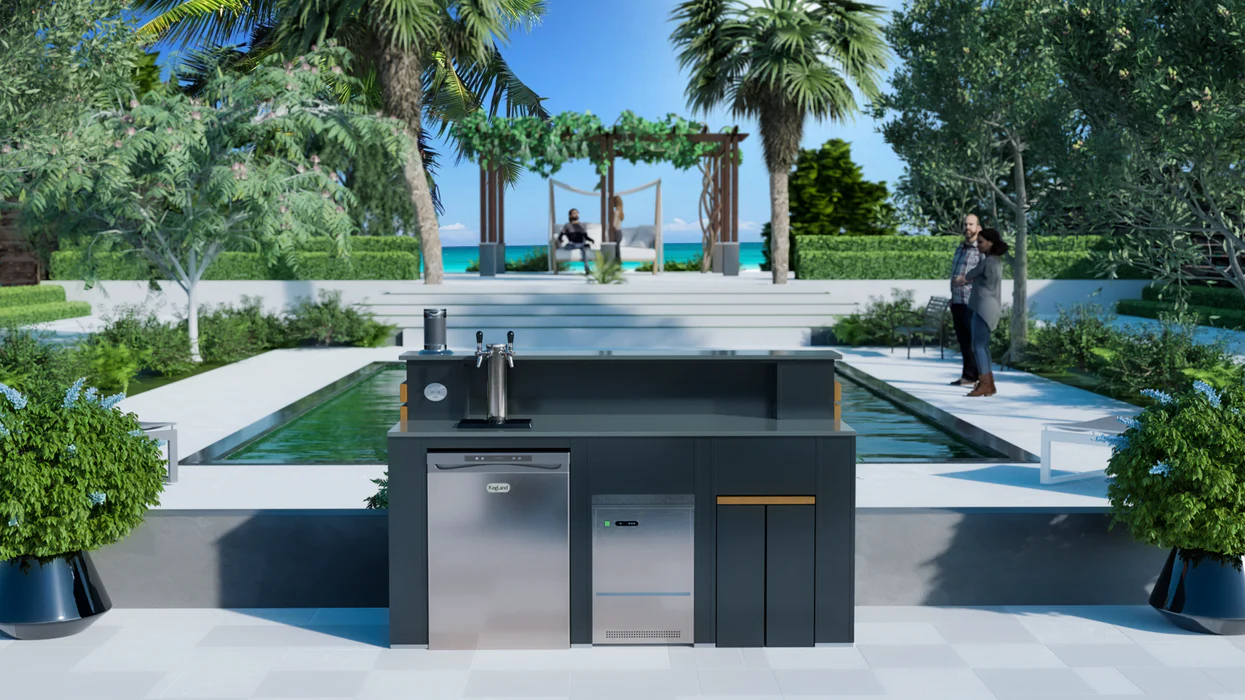
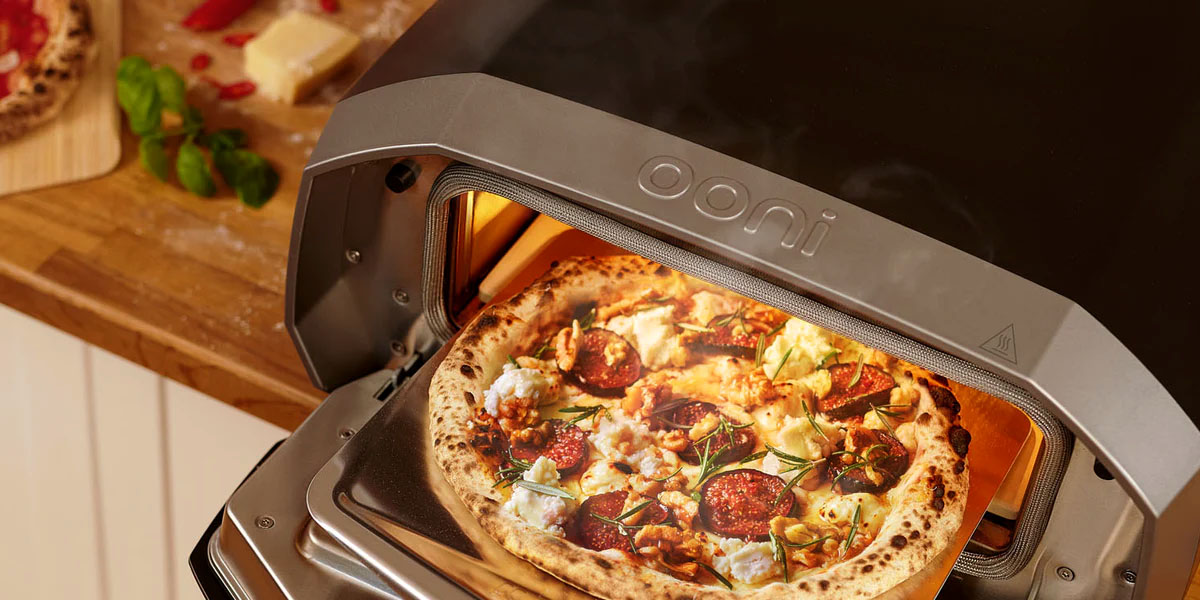

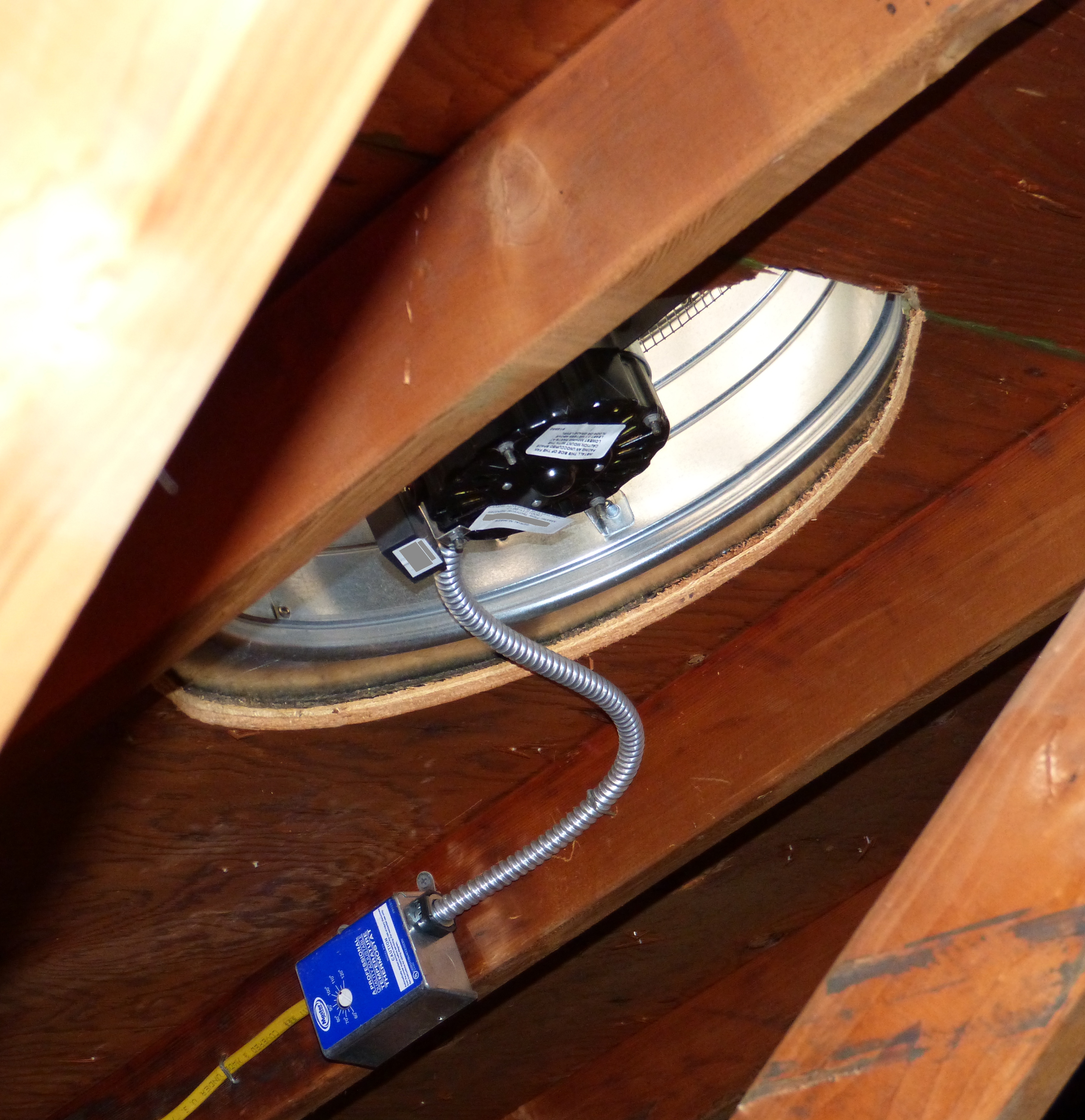
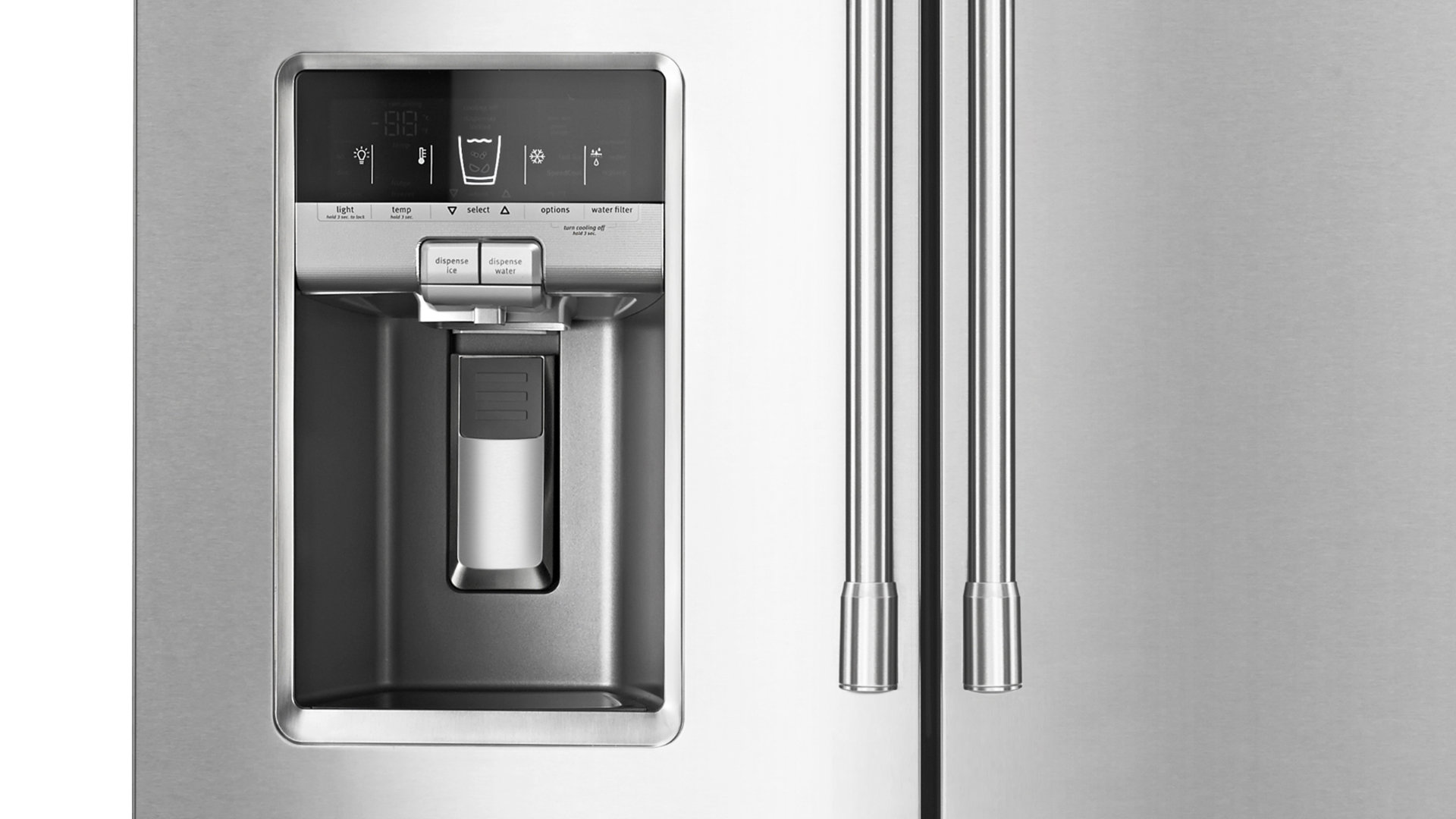
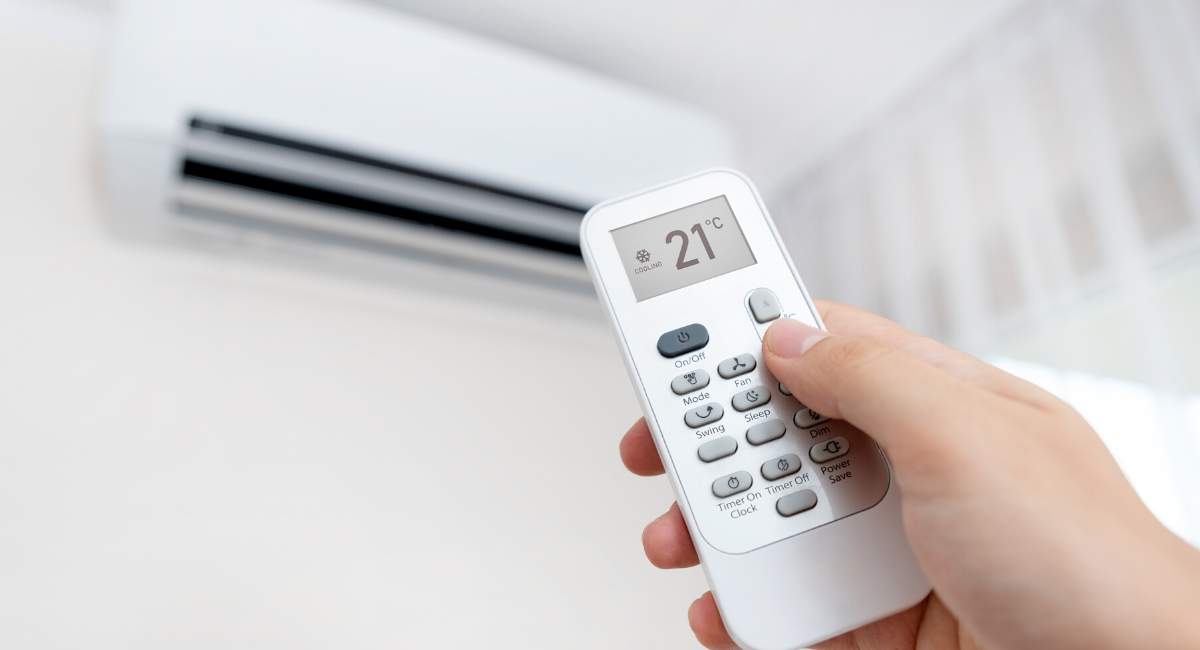
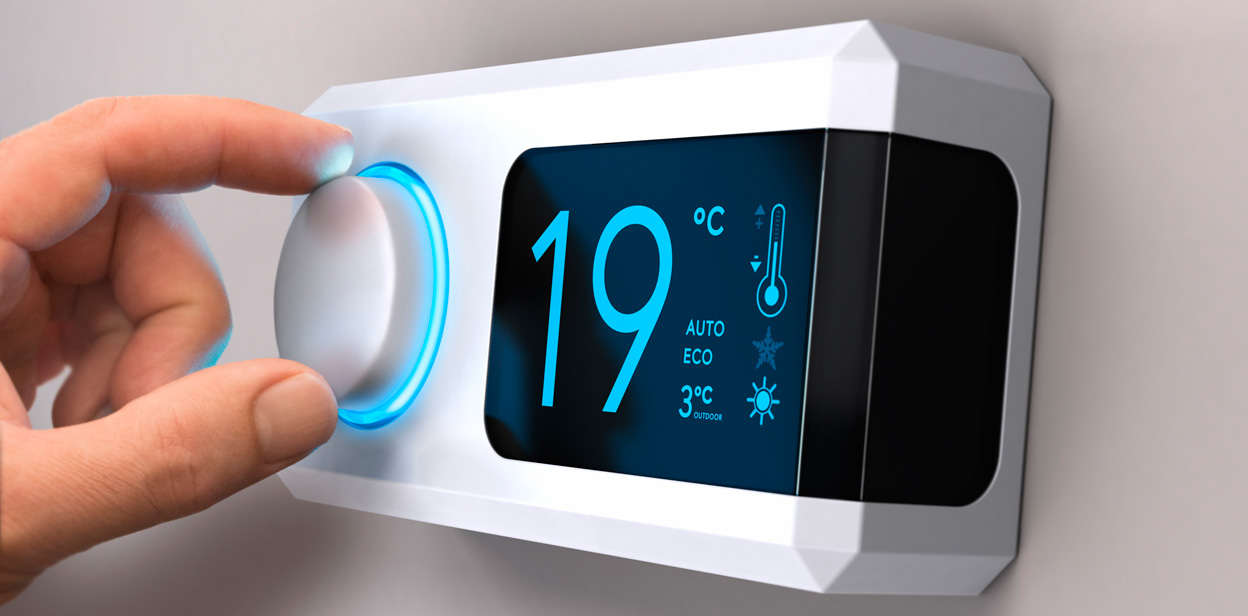

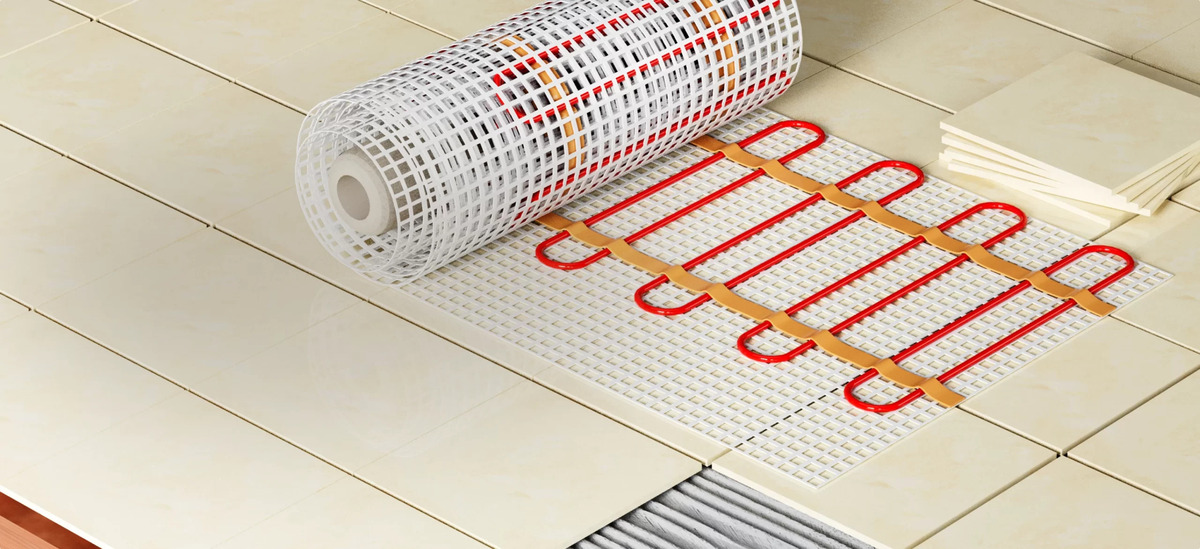
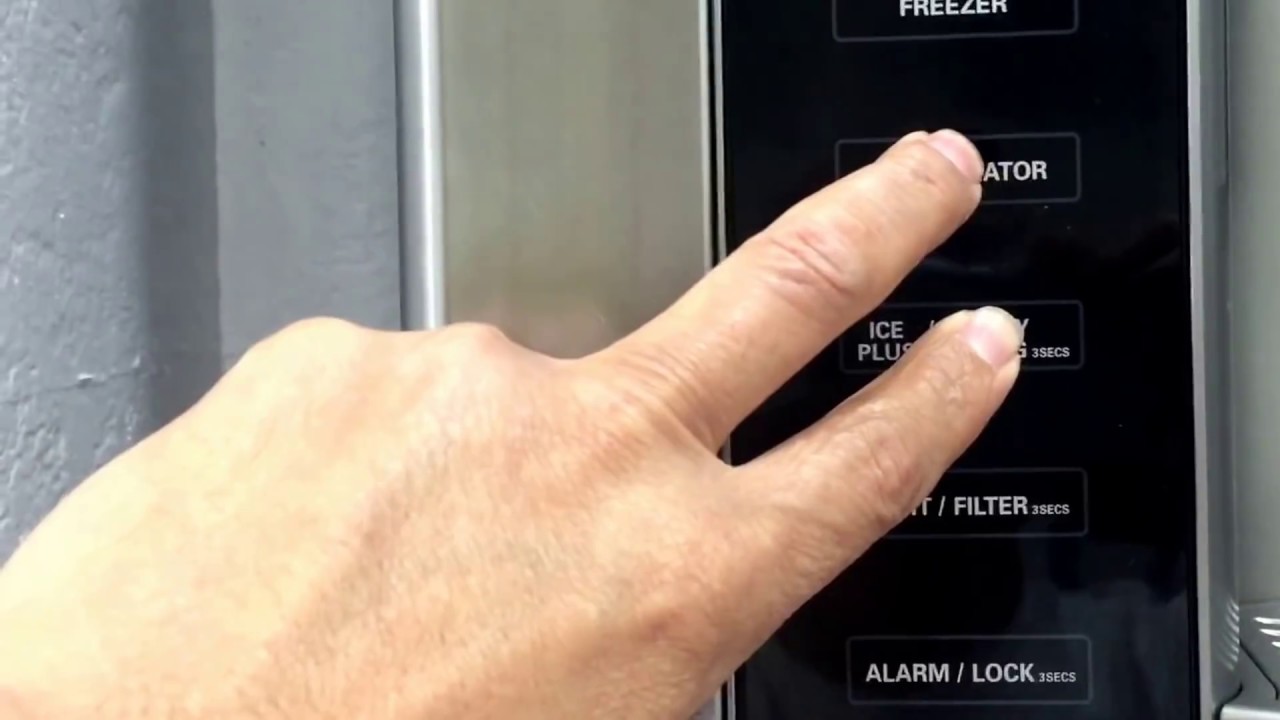
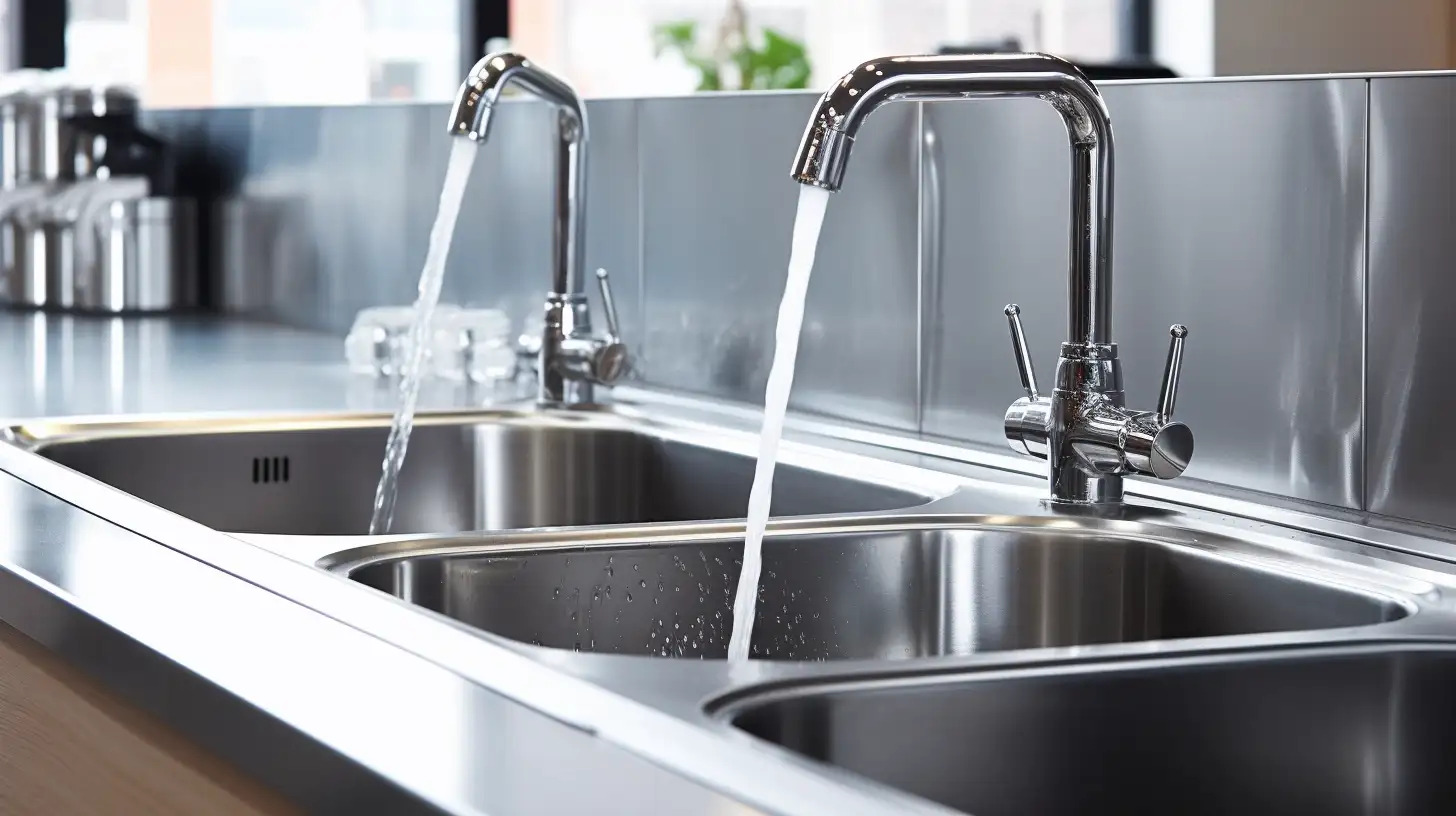
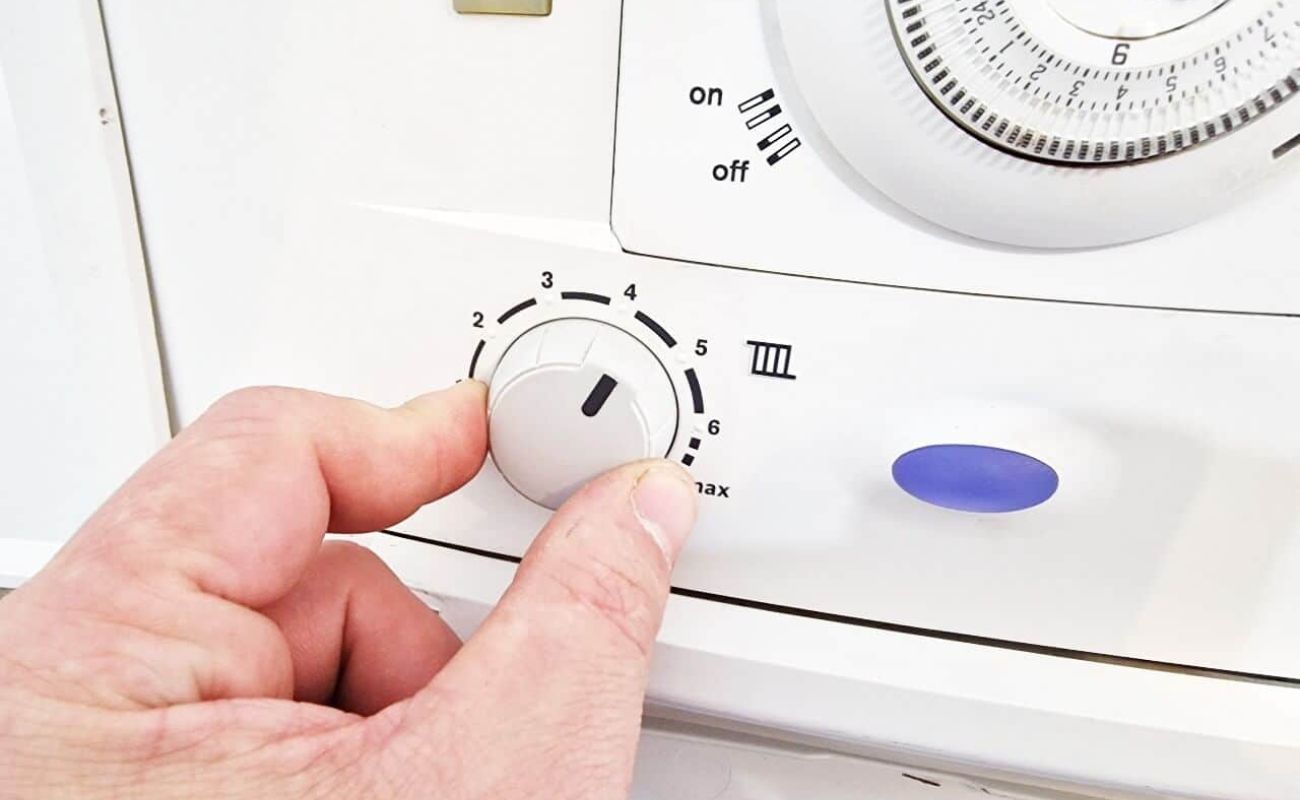
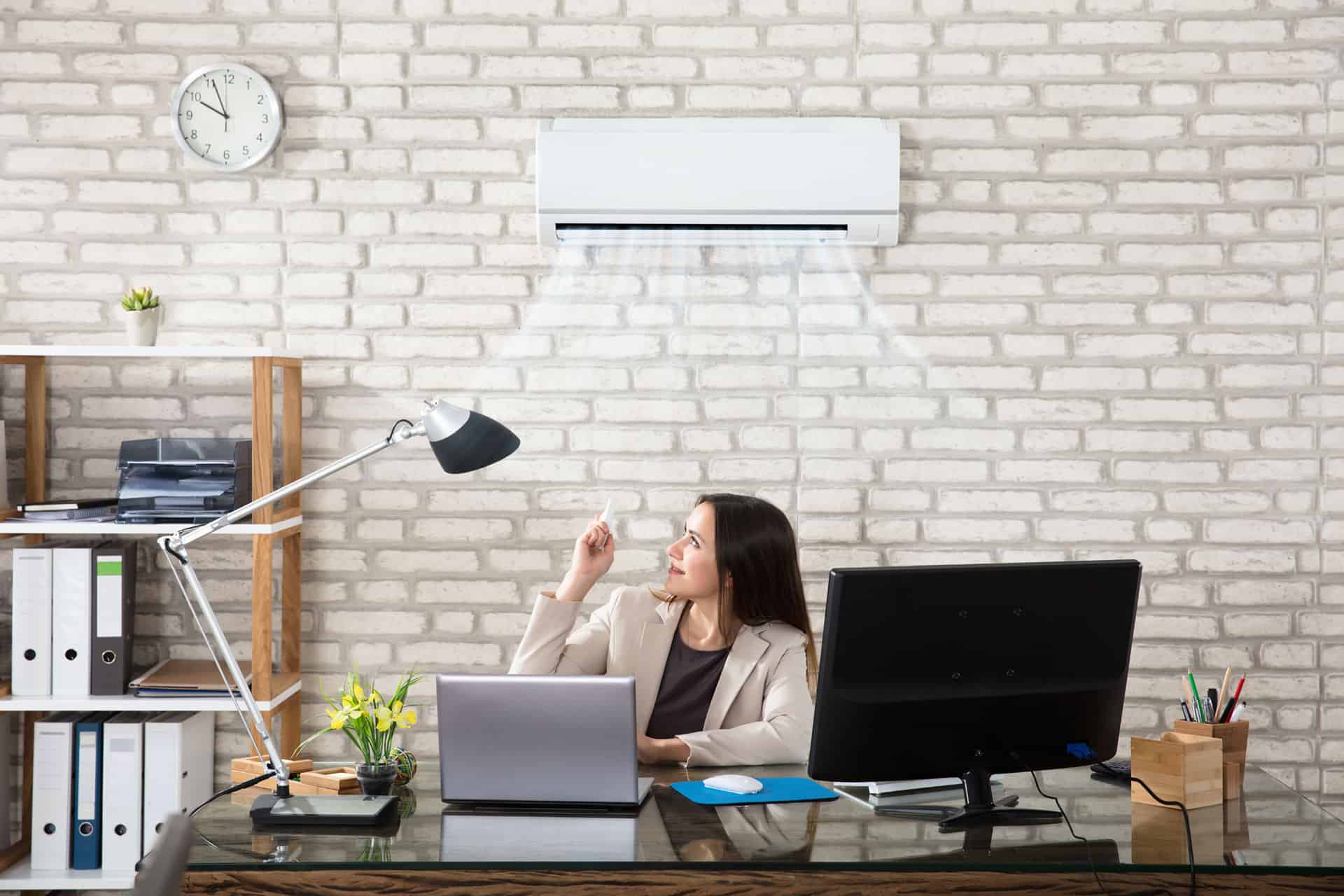

0 thoughts on “What Temperature Should A Freezer Be”